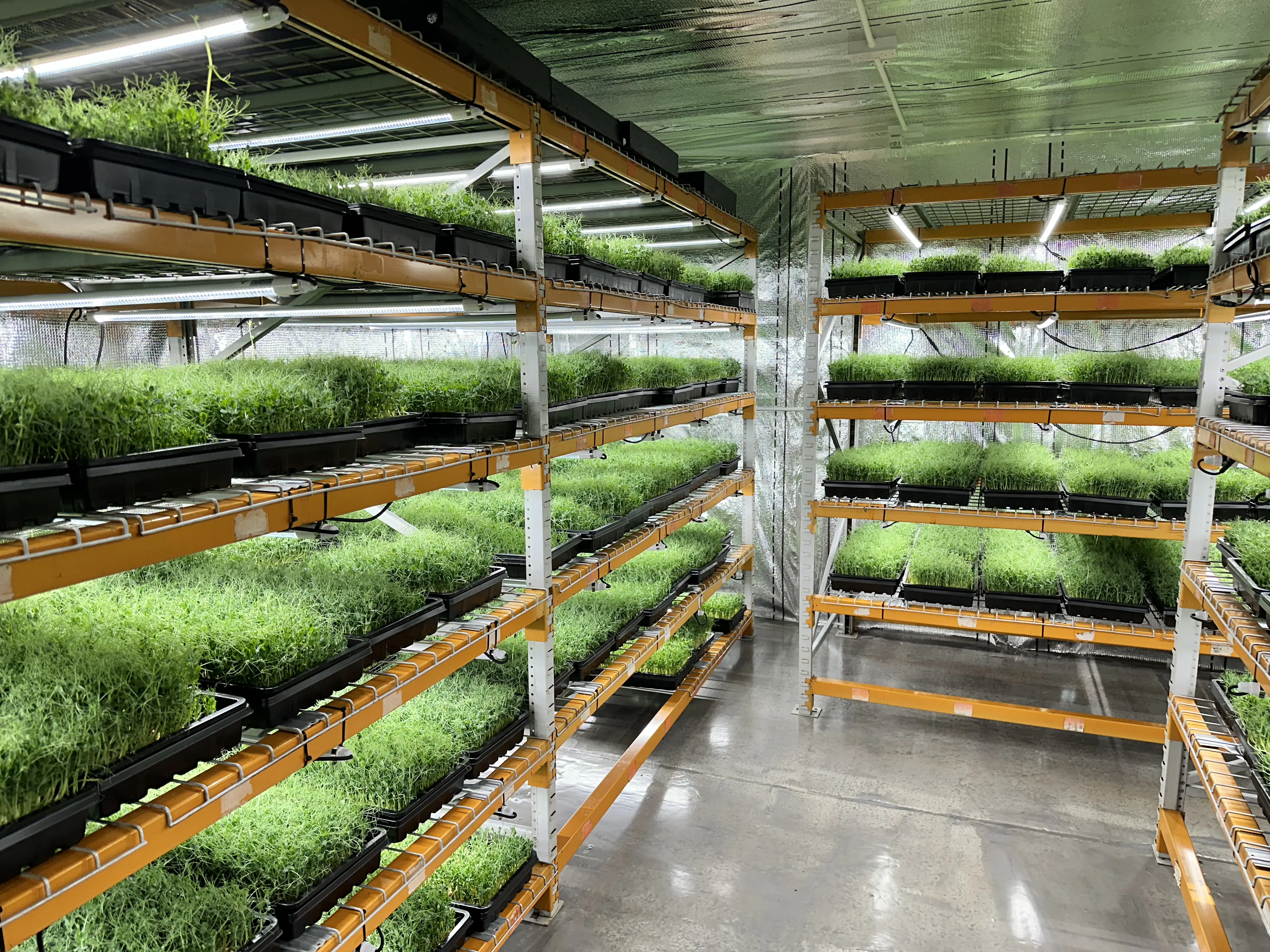Vertical farming involves cultivating plants on vertically inclined surfaces, such as skyscrapers in urban areas, where available land and space are limited. The most common form of vertical farming is hydroponics, a technique for growing plants without soil. Early concepts of vertical farming can be traced back to antiquity, including the Hanging Gardens of Babylon and the Incas’ use of terrace farming to maximise arable land on steep terrains. In more modern times, hydroponic techniques have been advanced to completely soilless cultivation. Instances of early practical applications of hydroponics was in World War II, assisting with food production for allied soldiers operating in the pacific. Where conditions were hot, dry and with poor soil conditions. Vertical farming is still considered to be in its technical infancy. As Vertical farming evolves, it continues to address the urgent need for sustainable agricultural practices to ensure global food security and mitigate environmental challenges.
Plants require nutrients, light, and water to grow. Vertical farming offers a soilless alternative by growing indoors without direct sunlight, using artificial light and a nutrient-rich water solution to support plant development. Typically conducted in controlled environments, vertical farming optimises growing conditions to allow plants to reach their maximum potential quickly. Unlike traditional outdoor farming, which is increasingly impacted by unpredictable weather due to climate change, vertical farming provides a resilient solution that partially relocates food production to urban areas, where demand is highest. This shift not only enhances our agri-food system but also frees up rural land for nature conservation and other environmental initiatives.
